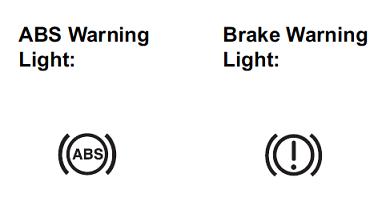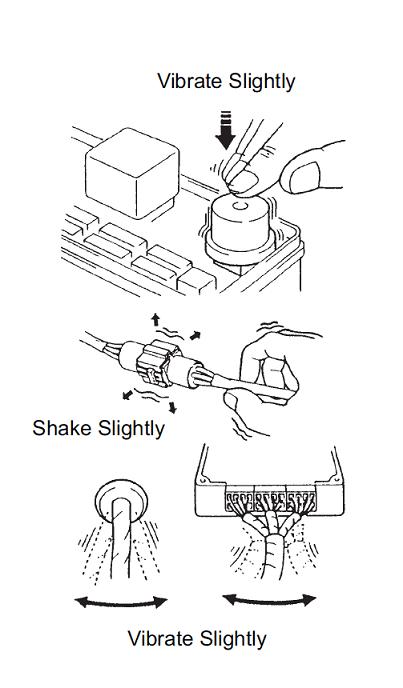The table below indicates which lights will come on when there is a malfunction in a particular function.

| Item / Trouble Area | ABS | EBD |
| ABS warning light | ○ | ○ |
| Brake warning light | - | ○ |
- : Light OFF
- The DTCs are simultaneously stored in the memory. The DTCs can be read by connecting the SST between terminals TC and CG of the DLC3 and observing the blinking pattern of the ABS warning light, or by connecting the intelligent tester.
- This system has a Test Mode (signal check) function (See
TEST MODE PROCEDURE).
The DTC can be read by connecting the intelligent tester and observing the blinking pattern of the ABS warning light.
